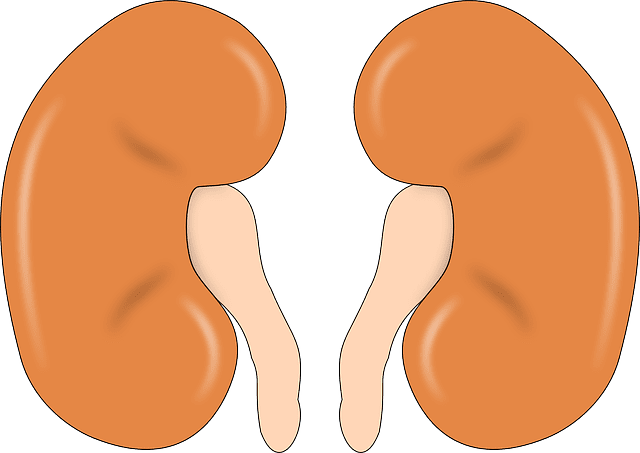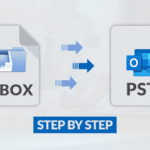
The world is changing and, perhaps, it’s better to change with it rather than fighting it.
3D printing is one of those changes. This technology is changing the way we do things and in various industries too. One such industry is the medical industry.
Today, we’ll be looking at 3D printer applications in the medical industry and how they are changing the way work is done in this field.
What Is 3D Printing?
3D printing was developed in 1987 and is defined as the creating of three-dimensional objects by adding and slicing layers of certain materials.
The process uses a digital blueprint (of the object to be created) to direct the nozzle head of the printer. The material being used is then heated, sliced, and stacked layer by layer until the creation is complete.
These raw materials that are used include biochemical, ceramics, thermoplastics, and metal materials.
While some types of 3D printing need to completely melt the materials before manufacturing begins, others, generally melt the materials partially.
However, in the end, all types of 3D printing allow for the production of desired objects with very precise shapes following the blueprint from a digital file.
Not only is the process fast and convenient, but it’s also considered inexpensive. Perhaps this might explain why 3D printing is gaining quicker acceptance in every industry.
Common Applications of 3D Printing in The Medical Industry
The application of 3D printing in the medical industry had always been speculation until only just recently. Today, it is used in the manufacturing of customized dental products, customizable prosthetics limbs, as well as orthopedic and cranial implants.
Below are 4 of the most common applications of 3D printing in Medicine:
The Bioprinting of Tissues and Organs
Bioprinters is a type of 3D printer recently created to be used in producing artificial living tissues and organs. It uses bio-inks to create these biological structures which many experts believe will help mitigate the many problems that plague tissue-grafting.
While these organs and tissues are still being used for advanced medical research, it is believed that, in the nearest future, they’ll be used for organ and tissue replacements.
Tissue engineering, the specific technology used for bioprinting, has displayed exciting opportunities since the first bio-printed fully functional heart was created recently.
For Making Surgical Patient-Specific Models
The gloomy days of using surgical models that only partly resemble human anatomy are over. Today, 3D printers are being used to create precise models that specifically match human organs.
These 3D anatomical models are considered straightforward and affordable to manufacture. They have also been recorded to reduce surgery time significantly turning a surgery time of three hours into a mere 30-minute operation. This, in turn, reduces the overall cost of surgeries to the minimum.
In Creating Customized Prostheses
Prosthetics are generally available in limited sizes and this can be a huge problem, especially for children. This makes them available only to the few people they can fit effortlessly. Research to make custom-fit bionic devices recently proved to be too expensive for the mass production of prosthetics.
3D printing is being applied to manufacture customized prosthetics that can be designed to properly fit the user. An inventor, Lyman Connor recently succeeded in using a 3D printer to build a bionic hand that fits and works perfectly.
Manufacturing prostheses with 3D printers is revolutionary because they can be produced in mass, quickly and affordably.
In Producing Surgical Instruments
The ancient Japanese tradition of creating small precise objects known as origami has been adopted in the 3D printing of medical equipment.
This smart method of production can be used to manufacture surgical equipment such as clamps, hemostats, forceps, and scalpel handles; instruments that can be used to operate on small surfaces without the risk of causing damages or unnecessary cuts.
Aside from providing an easy alternative to making precise and sterile objects, this method of producing hospital instruments is considered to be quite cost-effective as well.
Any Regulations on 3D Printing in The Medical Industry?
There are no specific regulations for 3D printing applications in the medical industry, but there are regulations that govern how 3D products are used in the industry.
These regulations which are put in place by the Food and Drugs Administration (FDA) are further grouped into 3 classes; Class I regulates products that pose low risks, Class II regulate those products that may pose moderate risks, while Class III tries to regulate products that pose risks high enough to impair or threaten human life.
These regulations are not aimed at impeding the further application of 3D printers in the medical industry, but rather to ensure that objects made through 3D printing assure a reasonable level of effectiveness and safety.
Conclusion
3D printers are helping us overcome several medical challenges as well as to easily manufacture important medical equipment.
Currently, the benefits for its application in the healthcare field include ease of prototyping and production, options of customization, and reduced cost of production. But it promises better opportunities and the years to come should see wider adoption, acceptance, and application.




